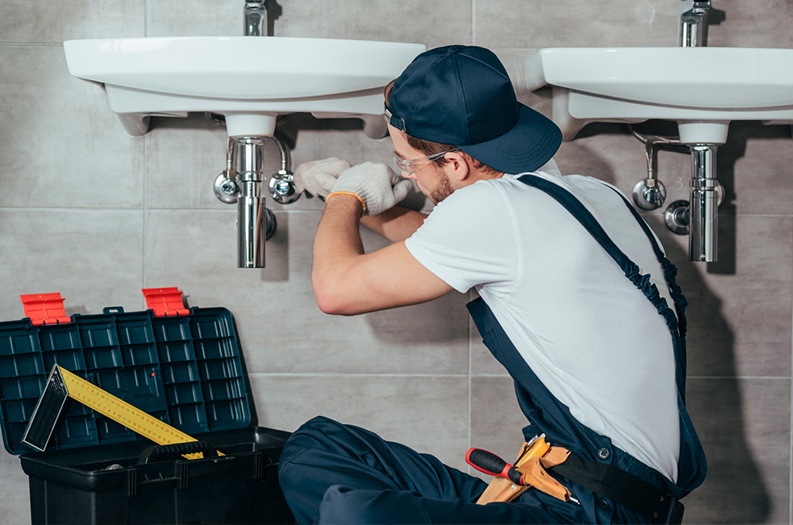Buzz Haven: Your Daily Dose of Trending News
Stay updated with the latest buzz in news, trends, and insights.
Leaky Secrets: What Your Plumber Wishes You Knew
Uncover the plumbing secrets your plumber won’t tell you! Save money, avoid disasters, and master your home’s plumbing today.
5 Common Plumbing Myths Debunked: What Every Homeowner Should Know
Homeowners often encounter various plumbing myths that can lead to costly mistakes and misunderstandings. One common myth is the belief that flushing non-biodegradable items down the toilet won't cause any issues. In reality, these items can lead to significant clogs and damage to your plumbing system. Another prevalent misconception is that all plumbing problems can be resolved with a simple DIY approach. While some minor issues may be manageable, many require professional intervention to avoid worsening the situation.
Additionally, some homeowners believe that a leaky faucet isn’t a cause for concern, thinking it’s just a minor inconvenience. However, ignored leaks can waste a substantial amount of water, increasing your utility bills and causing potential water damage. Another myth involves the assumption that using chemical drain cleaners is a safe method for clearing clogs. These harsh chemicals can actually corrode pipes over time, creating more issues. Understanding the truth behind these plumbing myths can help homeowners maintain their systems more effectively and prevent unnecessary expenses.

The Ultimate Guide to Detecting Hidden Leaks in Your Home
Hidden leaks in your home can lead to significant water damage and increased utility bills. To effectively detect these elusive leaks, start by inspecting your water meter. Turn off all water sources in your home, then note the meter reading. After a few hours, check the reading again; if it has changed, you likely have a leak. Additionally, check around commonly affected areas such as toilets, under sinks, and behind appliances for any signs of moisture or water stains.
Another useful method for identifying hidden leaks is to utilize sound detection. Listen for any unusual noises like dripping or running water when everything is turned off. You can also apply a few drops of food coloring to the toilet tank; if the color appears in the bowl after a while without flushing, you have a toilet leak. Finally, consider hiring a professional plumber for a more thorough inspection using advanced leak detection tools, which can save you time and potentially prevent extensive damage.
What Your Plumber Wishes You Knew About Preventative Maintenance
When it comes to plumbing, many homeowners often wait until a problem arises before taking action. However, preventative maintenance is crucial to avoiding costly repairs and extending the lifespan of your plumbing system. Regularly scheduled inspections can help identify minor issues before they become significant problems. For instance, a small leak in a pipe, if left unchecked, can lead to water damage and mold growth, both of which can be incredibly expensive to address. By prioritizing preventative maintenance, you not only protect your home but also keep your plumbing running smoothly.
Your plumber likely wishes you understood the importance of preventative maintenance tasks that can be easily managed by homeowners. Simple practices such as checking for leaks, monitoring your water pressure, and ensuring your drains are clear can make a big difference. Additionally, consider seasonal maintenance like flushing your water heater to remove sediment buildup and inspecting your hoses and fixtures for wear and tear. By taking these proactive steps, you’ll not only save money in the long run but also contribute to the efficient functioning of your home's plumbing system.